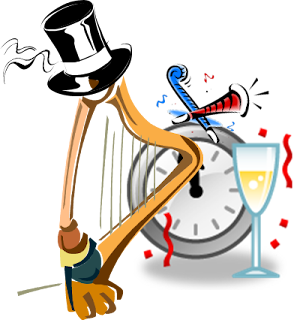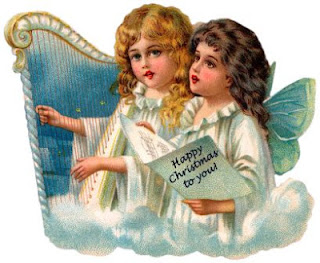I was originally classically trained. I lived for the printed music. It was a game to me – how could I express (fill in some adolescent angst here) given the constraints of the page? How could I play the music “correctly” while giving it an indelible stamp of my existence? How would my presentation of those dots be different from all the other presentations while remaining true to the thoughts of the composer?
I worked relentlessly to master reading, phrasing, and technique to coax out of my instrument precisely my interpretation of the music. Sometimes, in a fit of pique my interpretation would be to elect to interpret the music exactly as written – no inflection, no variance. In those times, I strove for Swiss watch precision.
That is the beauty of written music, it preserves the presentation. It allows you to play the same music that has been played for years, decades, centuries. It provides you a link to your musical past, a genealogy worth preserving. Further, the music page creates a frame within which you can work. Nothing about putting music on the page prevents you from bringing that music to life in your own way. Be creative – as long as you honor the composer and play the music as written – with your own twists.









